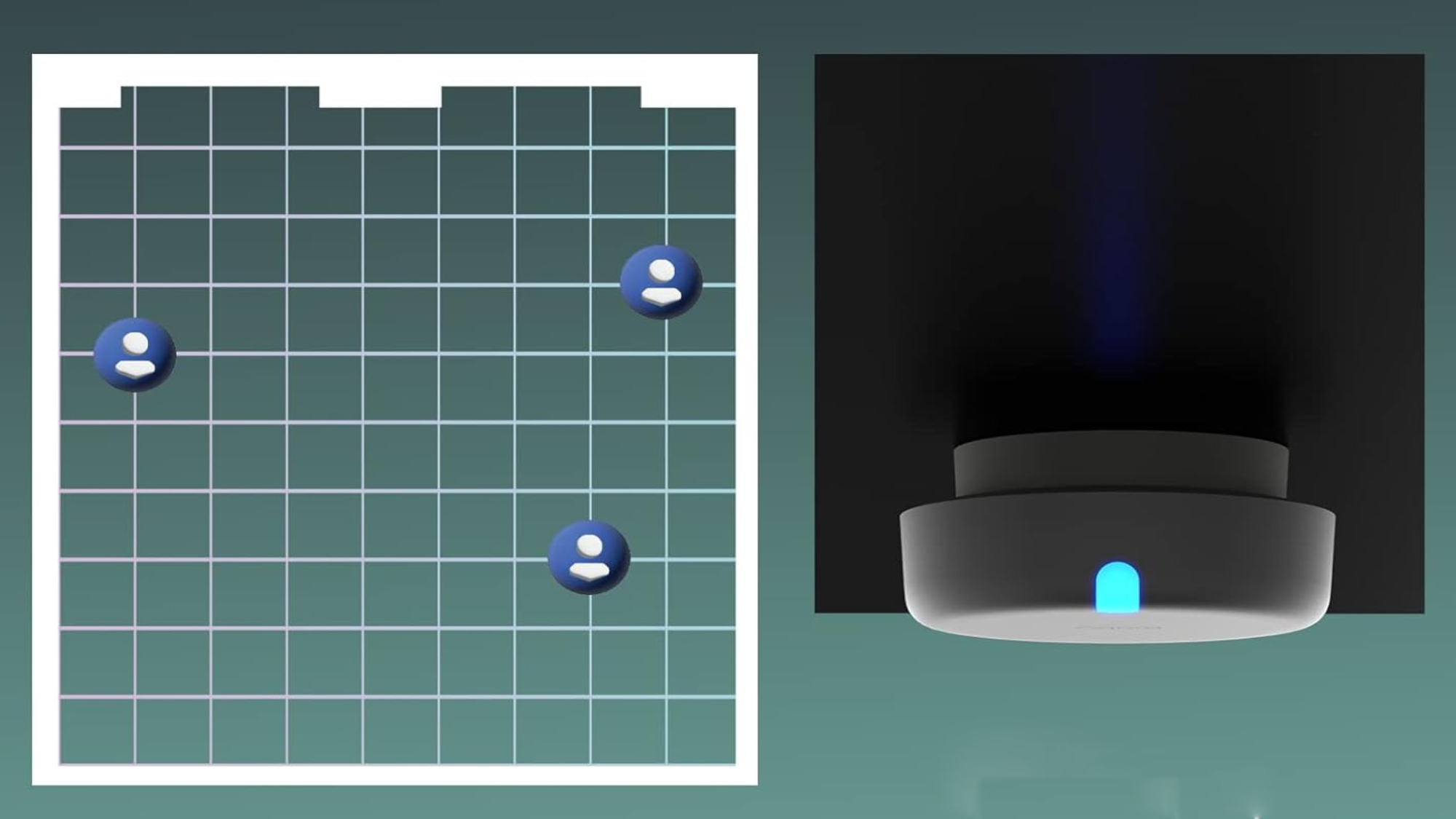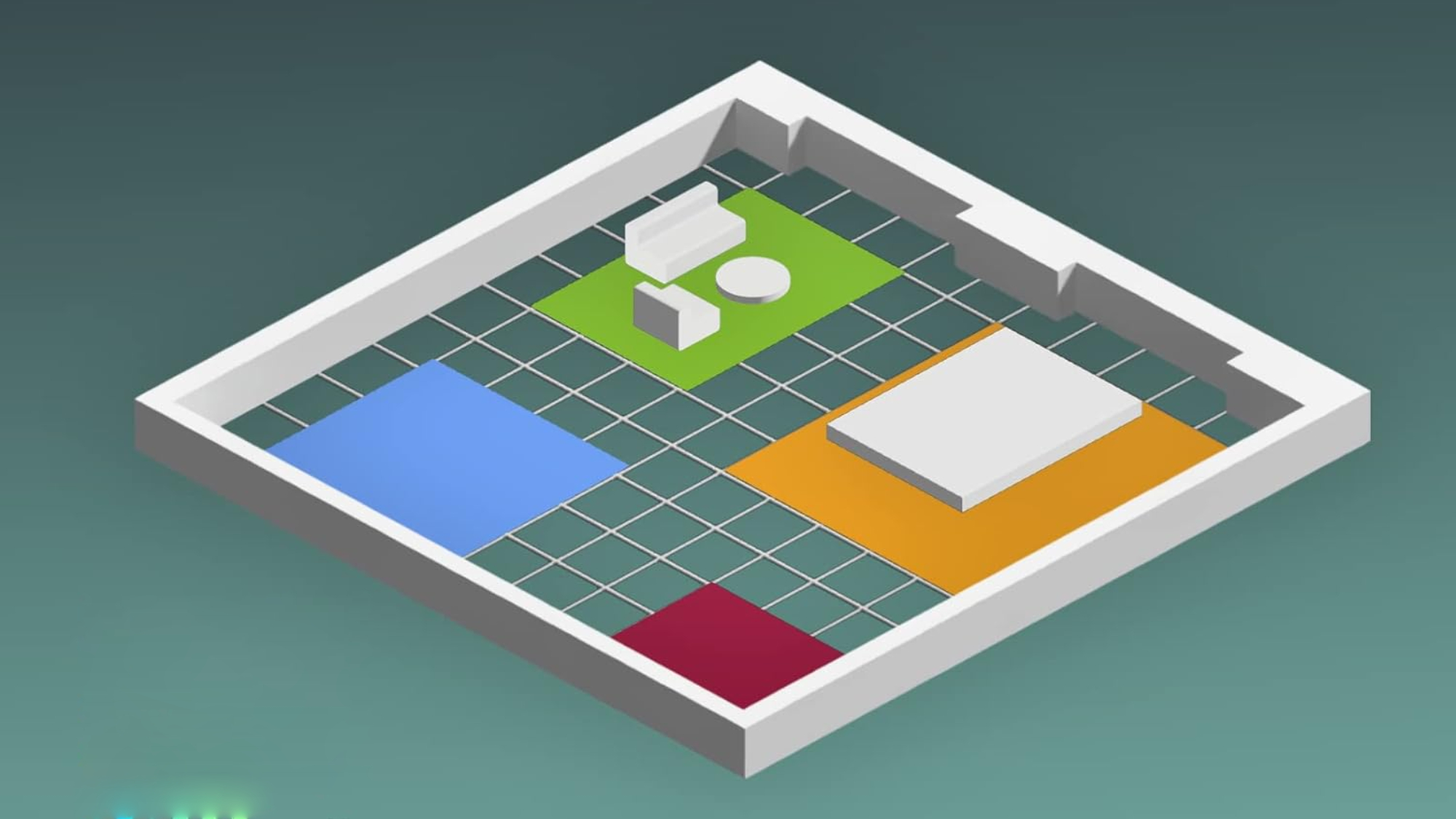3 ways your smart home could benefit from a presence sensor
This sensor constantly tracks your position in a room so you can create smart home automations based on where you sit or stand

The next gadget I buy to automate my smart home won't be a contact sensor for my doors or even a cheap motion detector. This is the year I'll be upgrading to a presence sensor. This device works by continuously tracking people in a space—it can tell if you plop down on the couch, move to work at your desk, or even hop into bed.
Unlike a motion sensor, which merely detects movement, a presence sensor uses a variety of technology such as radar, infrared, or ultrasonic waves to monitor changes in its surroundings.
They work by dividing your room up into separate zones that you can assign individual automations to and tracking you throughout them. This is like having several motion sensors at the same time but is much more accurate, as it can detect multiple people, and can sense when you sit or lay down over time. You can trigger actions in real-time like walking over to a desk to have your office lamp and computer monitor turn on to greet you and turning off when you walk away. Below are the three ways I plan to use one to improve my own smart home setup.
Energy efficiency
Save money and make your home even more convenient. From increasing your smart thermostat's temperature when you're in a room to turning off lights when you leave, you can use a presence sensor to lower your smart home's energy usage. This is an efficient way to optimize your space while you're actively in it and wind it down when you're away.
Personalize home automation
You can customize your work and play experience by having a presence sensor streamline your everyday routines. For example, you can use it to detect when you approach kitchen cabinets or your office desk to automatically turn on your smart lighting setup. Or, if you have a movie night, the presence sensor can turn on your TV and set the mood lighting based on where you sit on your couch. If you get up to take a break you can have it automatically turn on the lights as you pass into a zone and pause your TV show when you leave the room.

Home security
A presence sensor can detect motion in a room, so you can keep an eye out for unexpected visitors. Inversely, you can program the sensor to send you a notification if someone has been inactive in the same position for a long time, so you can check in on family members. For more thorough coverage, you can mount a presence sensor that has a Falling Detection Mode like the Aqara FP2 ($84, Amazon) on the ceiling to get an alert if an older or injured loved one falls.
More from Tom's Guide
- I'm using this cheap device to supercharge my smart home
- I swapped my motion sensor for this Echo Dot
- How to Create an Alexa Smart Home Routine
Sign up to get the BEST of Tom's Guide direct to your inbox.
Get instant access to breaking news, the hottest reviews, great deals and helpful tips.

Hunter Fenollol is a Senior Editor for Tom’s Guide. He specializes in smart home gadgets and appliances. Prior to joining the team, Hunter reviewed computers, wearables, and mixed reality gear for publications that include CNN Underscored, Popular Mechanics, and Laptop Magazine. When he’s not testing out the latest cooking gadgets, you can likely find him playing a round of golf or out with friends feeding his paycheck to a QuickHit slot machine. Hunter started his career as an intern at Tom’s Guide back in 2019 while in college. He graduated from Long Island University Post with a degree in Communications and minor in Advertising. He has been vlogging ever since the iPhone 4 took front-facing cameras mainstream.
